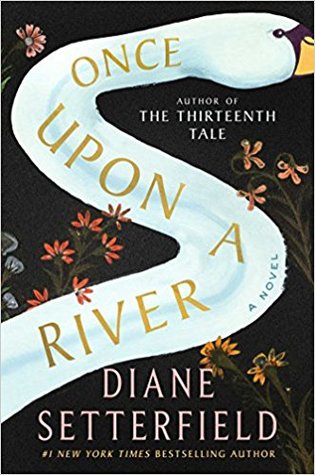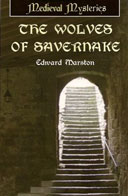Tidelands Philippa Gregory (2019)
Philippa Gregory is best known for her 2001 historical novel The Other Boleyn Girl, which was twice made into a film. Throughout her long writing career, Gregory has fictionalized the lives of prominent women from the history of Britain, sometimes in the face of criticism that she’s distorted the facts. (Yeah, probably, but who knows the facts for certain, and Gregory’s books have always been labeled “fiction,” and, uh, Shakespeare.)
With Tidelands, Gregory embarks on a new series, “tracing the rise of a family from obscurity to prosperity,” as she explains in her Author’s Note. Her protagonist, Alinor Reekie, is both obscure and fictional, a wisewoman—a midwife, a healer, an herbalist—who poses a threat to the patriarchal religious beliefs of the seventeenth century, especially those of the censorious Puritans. It’s 1648, during the English Civil War, pitting Royalists who support King Charles against Parliamentarians who want to abolish the monarchy. This political polarization is overlaid on Catholic-Protestant religious polarization at a time when it was highly dangerous to be a Catholic in England.
Alinor is swept up in these national disputes that she cares little about; she’s mainly concerned about her status as neither wife nor widow, since her abusive sailor husband has disappeared. As the novel opens, she’s waiting in the graveyard of the local church at midnight on Midsummer’s Eve, when ghosts are reputed to walk. She hopes to see the ghost of her husband, to confirm that he’s dead. Instead, she meets a living man, James Summer, a high-born Catholic priest seeking a safe house in the area. She doesn’t yet know that he’s involved in a dangerous plot against the Parliamentarians, who are the dominant party in the tidelands, a marshy area on the southern coast of England.
Tidelands launches slowly, with plenty of atmospherics appropriate to a graveyard at midnight and plenty of exposition to set the political scene. But readers surely sense the frisson between Alinor and James from this very first meeting of theirs. She guides him along boggy pathways to the home of secret Catholics who will shelter him. Then the story turns to Alinor and her two young teen children, who scrape by on odd jobs and the occasional payments that Alinor gets for attending births.
There’s some lovely prose here, evoking the setting: “[James] shivered with distaste. He felt that he could not bear the ugliness of these people’s lives on the very edge of the shore, with their loves and hates ebbing and flowing like a muddy tide, with their anger roaring like the water in the millrace, with their hatreds and fears as treacherous as the hushing well. . . . He wished himself back with his own people, where cruelty was secret, violence was hidden, and good manners more important than crime.” (190-1)
Tidelands also carries a strong message about the oppression of women, especially poor women, pithily expressed by an elderly seller of lace at the Chichester market: “’It’s a crime to be poor in this country; it’s a sin to be old. It’s never good to be a woman.’” (244) The male characters in Tidelands tend to be exploitive, gossipy, and fickle.
Since Tidelands is the first novel in a planned series, Philippa Gregory leaves readers with a “to be continued” feel at its close. I’m hoping that we hear more about the indomitable Alinor in the next book. Citing Gregory’s Author’s Note again, “For much of English history women have been legal nonentities. But they always lived as if they mattered. Alinor is a woman like this.”
For another novel about a strong woman living in marshlands, see my review of Where the Crawdads Sing by Delia Owens.













